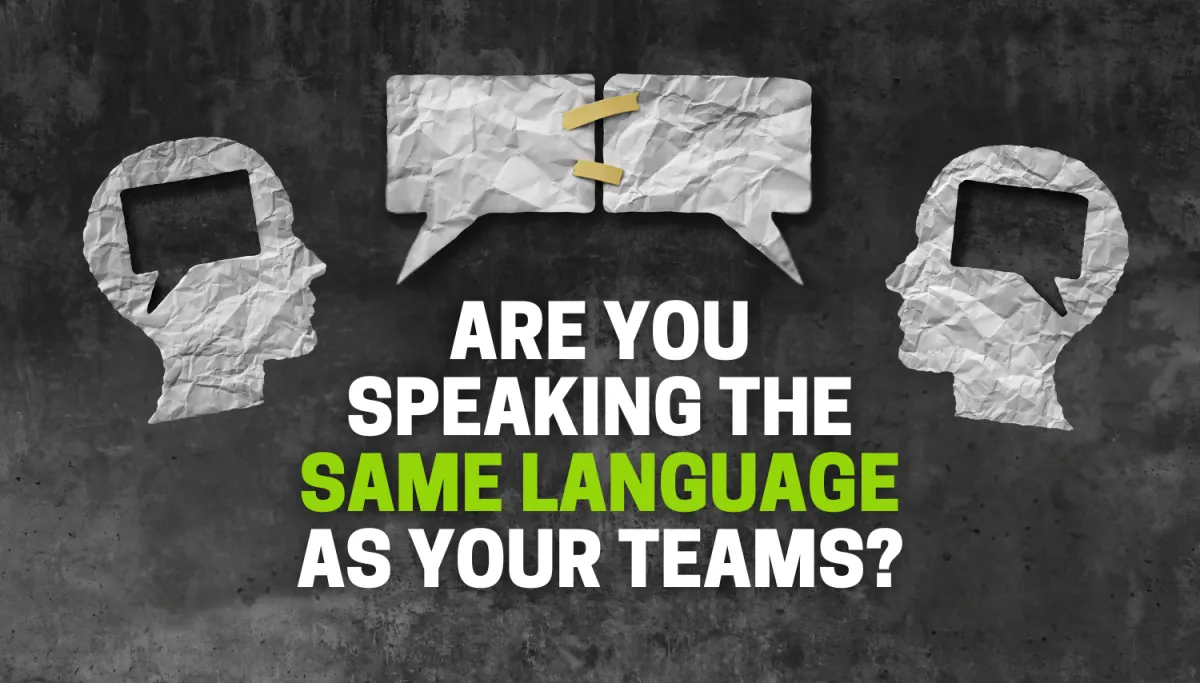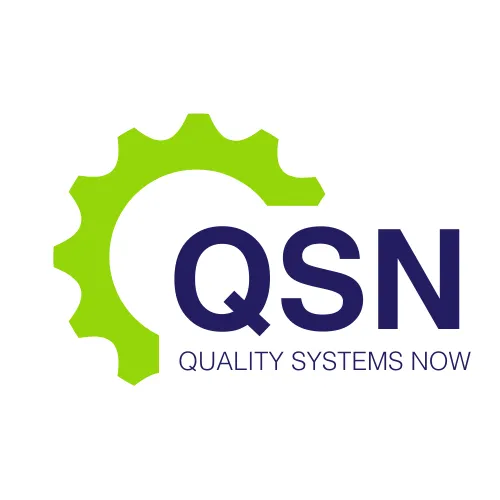LATEST NEWS

Are You Speaking the Same Language as Your Teams?
If your quality team needs a translator to understand your strategy, you’re doing it wrong.
In the world of quality management, communication is everything. Whether you’re rolling out a new strategy, implementing a process improvement, or addressing compliance issues, the success of your efforts hinges on one critical factor: clarity. If your quality team needs a translator to understand your strategy, you’re doing it wrong. The solution? Plain Language.
Plain Language is more than just a buzzword—it’s a powerful tool that can bridge the gap between leadership and teams, ensuring everyone is on the same page.
At Quality Systems Now we help organisations achieve their Plain Language goals.
But what exactly is Plain Language, and how can it transform the way you communicate with your teams? Let’s dive in.
What Is Plain Language?
Plain Language is a communication style that prioritizes clarity, simplicity, and accessibility. It’s about conveying information in a way that is easy to understand, regardless of the audience’s background or expertise. This means avoiding jargon, technical terms, and convoluted sentences that can obscure your message.
The goal of Plain Language is to make sure your audience can quickly grasp what you’re saying, why it matters, and what action they need to take. It’s not about “dumbing down” your message—it’s about making it as effective as possible.
Why Plain Language Matters in Quality Management
In quality management, miscommunication can have serious consequences. A misunderstood procedure, a poorly explained policy, or a confusing strategy can lead to errors, non-compliance, and even safety risks. When your teams don’t fully understand what’s expected of them, the entire quality system is compromised.
Plain Language eliminates these risks by ensuring that everyone—from frontline workers to senior management—understands the same information in the same way. It fosters alignment, reduces errors, and empowers teams to perform at their best.
The Cost of Poor Communication
Consider this scenario: A quality manager introduces a new process to improve product safety. The instructions are filled with technical jargon and complex terminology. The frontline team, unsure of what’s being asked, makes assumptions and cuts corners. The result? A critical error that leads to a product recall, reputational damage, and financial loss.
This is the cost of poor communication. When your teams don’t understand your strategy, they can’t execute it effectively. And when execution fails, the entire organization suffers.
How to Implement Plain Language in Your Communication
Implementing Plain Language doesn’t mean overhauling your entire communication strategy overnight. It’s about making small, intentional changes that add up to a big impact. Here’s how you can get started:
1. Know Your Audience
The first step in using Plain Language is understanding your audience. What is their level of expertise? What challenges do they face? What do they need to know to do their jobs effectively? Tailor your message to meet their needs, avoiding assumptions about their knowledge or experience.
2. Simplify Your Message
Break down complex ideas into simple, digestible pieces. Use short sentences, active voice, and everyday language. For example, instead of saying, “The implementation of the revised quality assurance protocol necessitates the adherence to stringent compliance standards,” say, “Follow these steps to meet the new quality standards.”
3. Avoid Jargon and Acronyms
Jargon and acronyms can create unnecessary barriers to understanding. While they may be second nature to you, they can be confusing or intimidating to others. If you must use technical terms, define them clearly the first time you use them.
4. Use Visual Aids
Sometimes, words alone aren’t enough. Visual aids like flowcharts, diagrams, and infographics can help clarify complex processes and make your message more engaging.
5. Test Your Communication
Before rolling out a new strategy or policy, test it with a small group of employees. Ask for feedback to ensure your message is clear and actionable. If they don’t understand it, revise and try again.
The Benefits of Plain Language
When you embrace Plain Language, the benefits are immediate and far-reaching:
Improved Compliance: Clear instructions reduce the risk of errors and non-compliance.
Increased Efficiency: Teams spend less time deciphering messages and more time executing tasks.
Stronger Engagement: Employees feel more confident and empowered when they understand what’s expected of them.
Enhanced Collaboration: Plain Language fosters alignment and collaboration across all levels of the organization.
Real-World Examples of Plain Language in Action
Many organizations have successfully implemented Plain Language to improve communication and drive results. For example:
Healthcare: Hospitals have adopted Plain Language to explain medical procedures to patients, reducing anxiety and improving outcomes.
Government: Agencies use Plain Language to make policies and regulations more accessible to the public.
Manufacturing: Companies have simplified training materials to ensure workers understand safety protocols and quality standards.
These examples demonstrate the universal applicability of Plain Language and its potential to transform communication in any industry.
Overcoming Resistance to Plain Language
Despite its benefits, some leaders may resist adopting Plain Language, fearing it will make them appear less authoritative or professional. This couldn’t be further from the truth. Plain Language isn’t about sacrificing sophistication—it’s about prioritizing clarity and effectiveness.
To overcome resistance, emphasize the tangible benefits of Plain Language, such as improved compliance, efficiency, and engagement. Share success stories and data to demonstrate its impact. And most importantly, lead by example. When leaders embrace Plain Language, it sets the tone for the entire organization.
The Bottom Line
If your quality team needs a translator to understand your strategy, it’s time to rethink your approach. Plain Language is the key to unlocking clarity, alignment, and success in quality management. By simplifying your communication, you can ensure that everyone—from frontline workers to senior leaders—is speaking the same language.
The result? A stronger, more cohesive team that’s equipped to deliver exceptional results. So, the next time you’re crafting a message, ask yourself: Is this clear? Is it simple? Is it actionable? If not, it’s time to embrace Plain Language.
Your teams—and your bottom line—will thank you.
